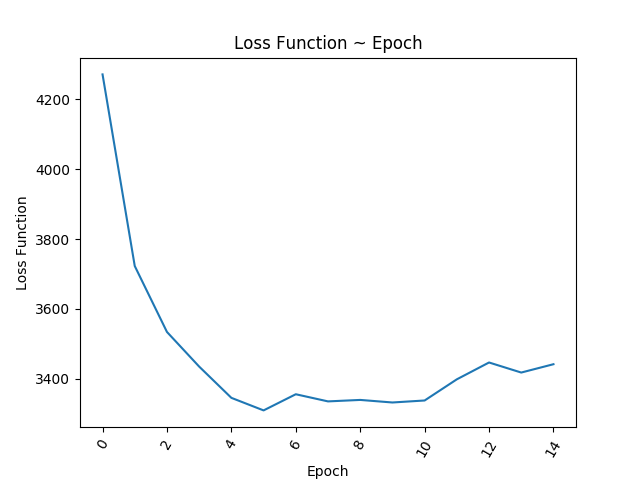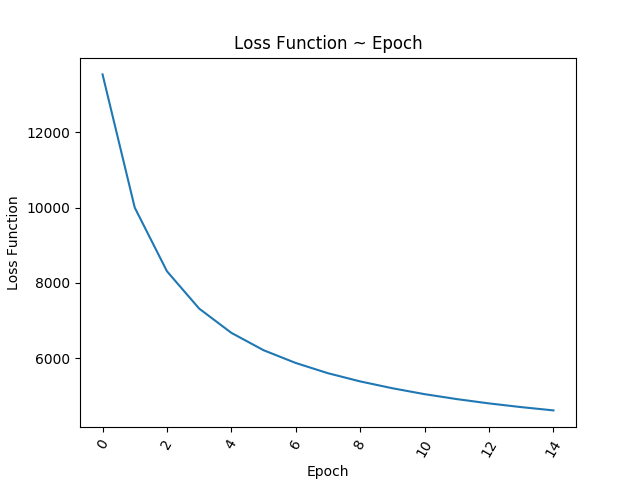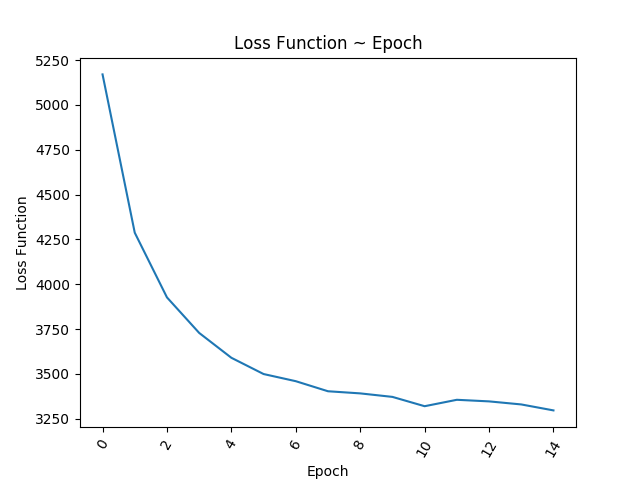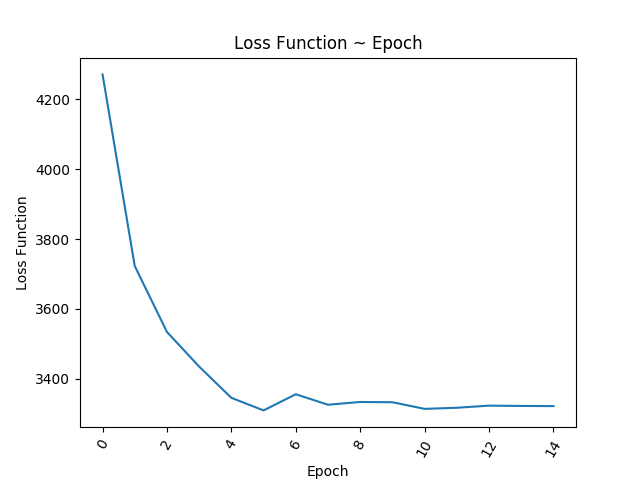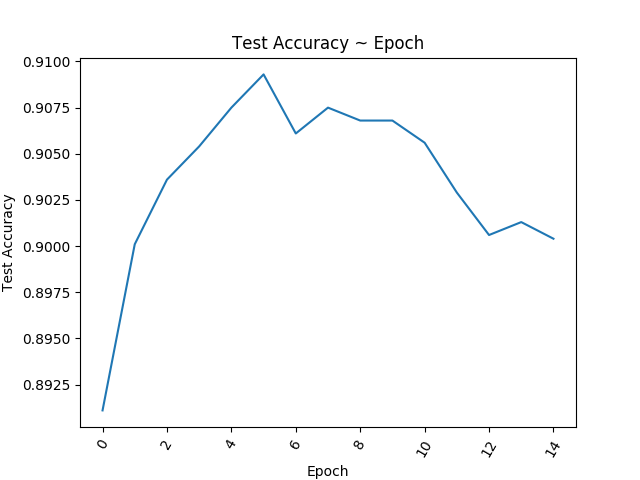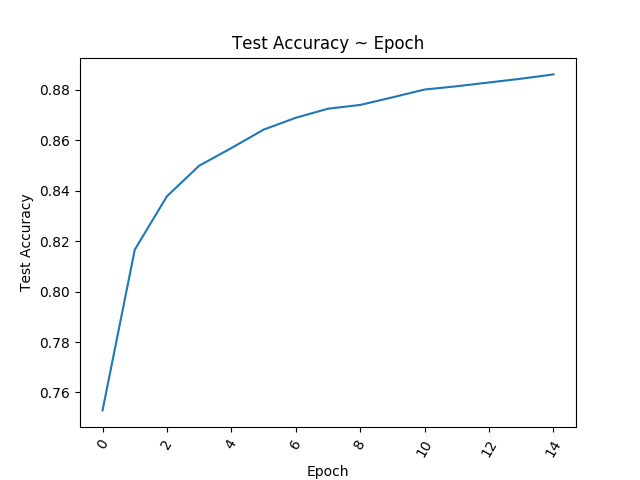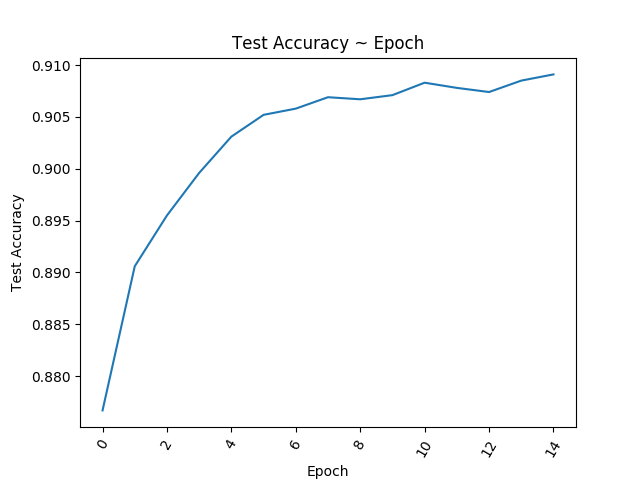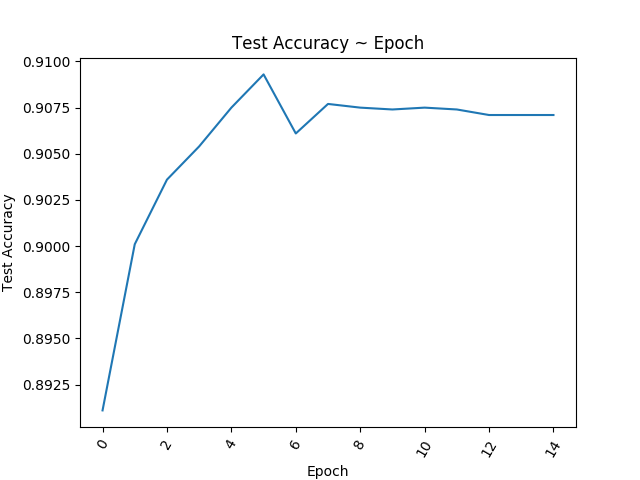Logistic Regression on MNIST with NumPy from Scratch
Implementing Logistic Regression on MNIST dataset from scratch
Project Description
Implement and train a logistic regression model from scratch in Python on the MNIST dataset (no PyTorch). The logistic regression model should be trained on the Training Set using stochastic gradient descent. It should achieve 90-93% accuracy on the Test Set.
Highlights
- Logistic Regression
- SGD with momentum
- Learning Rate Decaying
Theoretical Derivation
We put the pictures of the mathematical equations and symbols in the algorithm here due to GitHub's incompatibility with math expressions. The raw LaTeX expression is included in ./math_raw.md.
Implementation
The model and main function is included in the script file logistic_regression.py. The outputs text are stored in ./logs/ as .log files, and the plots for the loss trend and accuracy trend are stored in ./assets/. All the hyperparameters are stored in ./configs/ as .json files. Example: config_sample.json
{
"num_epoches" : 15,
"batch_size" : 10,
"learning_rate" : 0.0025,
"learning_decay" : 0,
"decay_factor" : 0.75,
"momentum" : 0,
"mu" : 0.9
}Note that we implemented available options of learning decay and SGD with momentum.
In the code, I first loaded the MNIST data, and then set the random seed. After initializing the parameters, I trained the model using mini-batch stochastic gradient descent. If needed, learning decay (decay the learning rate by the decay factor when the test accuracy declines or increases by less than 0.1%) and SGD with momentum.
SGD with Momentum:
if bool(hyp['momentum']) == True:
w_velocity = mu * w_velocity + learning_rate * dw
b_velocity = mu * b_velocity + learning_rate * db
param['w'] -= w_velocity
param['b'] -= b_velocityLearning Decay:
if bool(hyp['learning_decay']) == True:
try:
if test_accu_list[-1] - test_accu_list[-2] < 0.001:
learning_rate *= hyp['decay_factor']
except:
passFor each epoch, we evaluate the loss and accuracy.
Training Results
The training results of 4 configurations are shown as follows.
Comments:
- Config_sample: The accuracy drops after epoch 6 .
- Config_1: By increasing the batch size and decreasing the learning rate, the convergence rate decreases because of fewer descent iterations.
- Config_2: Adding momentum allows the model to converge faster.
- Config_3: Allowing learning decay prevents the accuracy from dropping dramatically.




